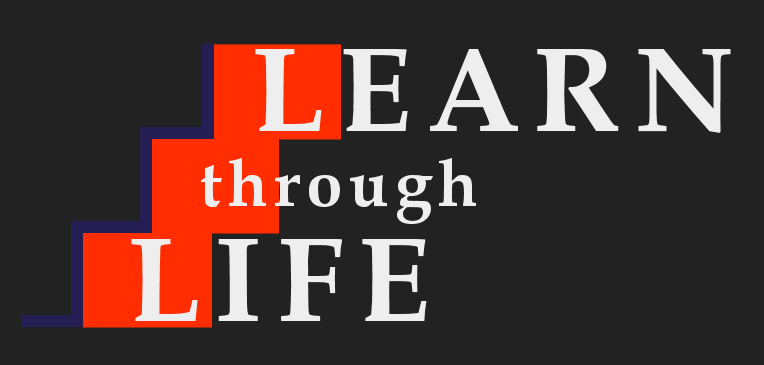Mentoring is one of my favorite learning topics. I like it because it is a learning method that is not used as much as I believe it should be in our modern world. Mentoring is like learning through apprenticeship; it is learning as you are doing. Specifically, to me, it means learning about what you didn’t know, you didn’t know. What do I mean by this? Well, everyone is aware of how you learn the new skills of a job.
In most cases, when you start a new job, you will have a more experienced employee teach you “the ropes” or the specific tasks you need to know to accomplish your job. Everyone expects that, but mentoring is different; it is when you have another person teaching you the finer points of excelling in your career. It is when they teach you what you didn’t know, you didn’t know. It is when you think to yourself, wow, I really like how this person works/lives/acts. I want to emulate them to work/live/act like they do. I’ve had one good mentor, who was my manager, during my first job as a technical writer, and I’m going to give two examples of how this person taught me what I didn’t know, I didn’t know.
Within my field of technical writing, there is a lot of revision work of existing technical documents to just add new product enhancement information. So, we spend a lot of time revising older, priorly released documents. However, sometimes you have to draw the line on revisions. When I first started working, I had the beliefs that many new college graduates have. It was that you do your very best to create the very best work, and that is how you have a “high quality product”. It is like when you are in school. The student who studies the hardest and spends the most time on coursework, will get the best grade. It seems intuitive. But this is not always the case in business.
In around 2000, the company I worked for, which manufactured industrial ink-jet printers used for printing coding and expiration dates on products, faced a problem. The European union had just formed, and it was now represented by a common currency, the Euro Dollar. This meant that every keyboard on every printer we made had to modified to add the new Euro Dollar symbol. This change impacted literally hundreds of manuals because we had many different models, and we translated every manual into 4 foreign languages.
At first, we assumed that we would need to exchange the picture of the keyboard in every manual to show the new Euro symbol, but my mentor-manager said no. He said that quality also refers to price. If we were going to make a change that will cost a lot of development time but will add minimal value to the documents, then this was not quality to the customer. We left the old manuals as they were, with pictures not reflecting the new key on the keyboard. It was a hard thing to take at first, but I later realized that my mentor was right, and now I always consider cost whenever I do my work – is the benefit worth the cost – something I previously didn’t know, I didn’t know.
Another example was along the same lines as the cost/benefit analysis, but slightly different. When I started in technical writing in the early nineties, desktop publishing was just created. These were applications that can produce type and graphics within the same document, where before typing and graphics were done in different applications and then imported in together. Desktop publishing was really a cool application. Our company jumped right in and converted all of our manuals to the newest desktop publishing software called “Interleaf.”
This program turned out to be the devil’s program. It was obviously designed by programmers and wasn’t at all user friendly. It took years for my department to determine that Interleaf wasn’t working for us. My mentor-manager who came on after we had used Interleaf for a long while, got us off the program. He said it wasn’t always necessary to have the latest and greatest software if it caused more problems than it was worth. It was like killing a flee with an atom bomb, he said. The enhanced functionality was way more than we needed, in most cases.
We went to Microsoft Word for most documents and later did some large manuals in FrameMaker, an established program used by many other companies by that time. It made me realize what I didn’t know, I didn’t know – that the latest and greatest tech is not always the best way to go. I’m a huge tech fan, but I very much keep this in mind when I have to decide what software to use for a technical writing job.
Learning in the modern world will require more mentoring and apprenticeship. We will increasingly be in charge of our own learning, and most likely we will be learning through powerful educational software alongside mentors who can guide us in the right direction. It is possible to learn just about anything in a school setting, on just about any topic, but you’ll never know, what you didn’t know unless you have the opportunity to work alongside a great mentor or through an apprenticeship. It is a way to learn that is so powerful and should be emphasized to a larger degree within our modern world.

